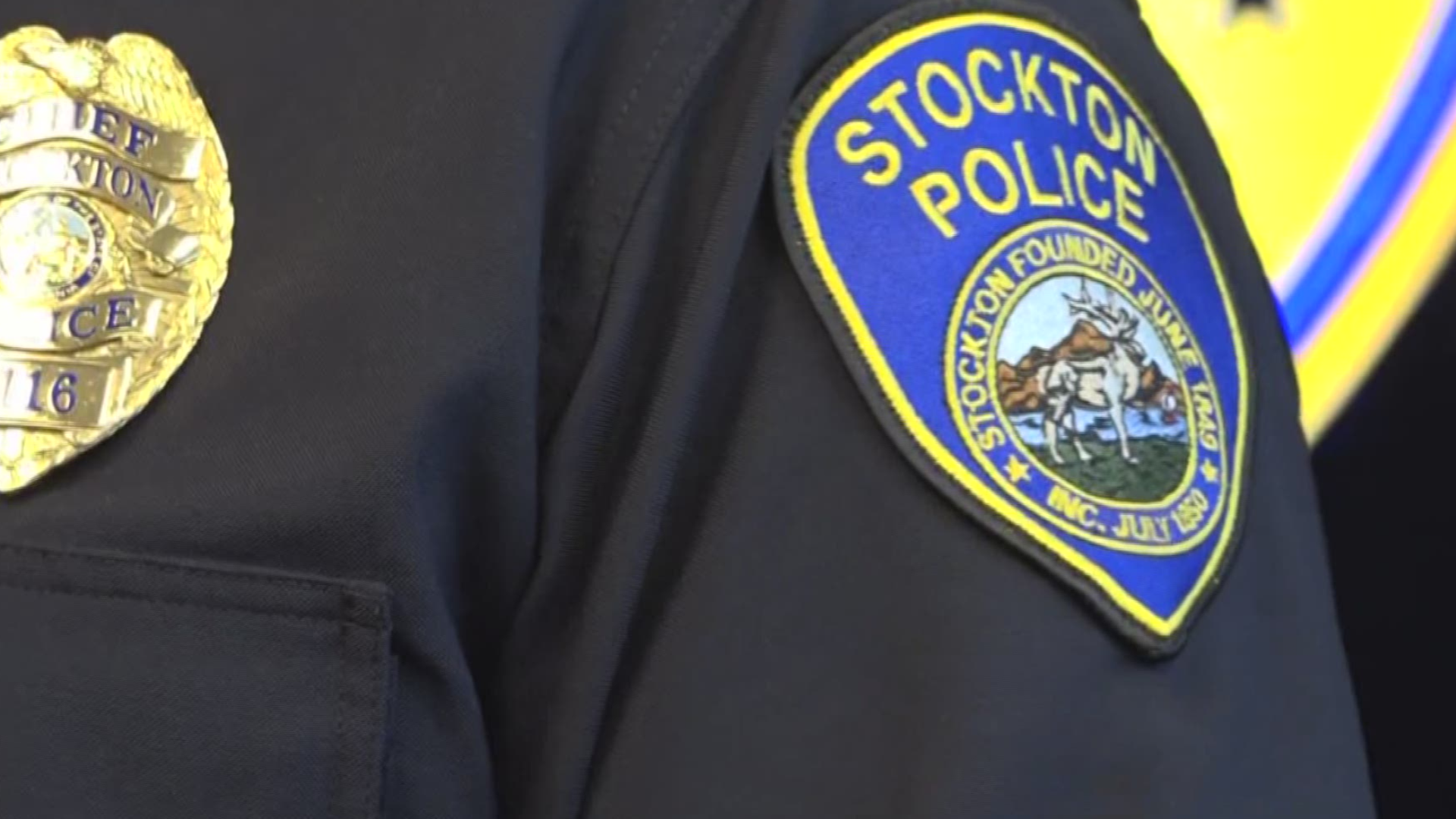STOCKTON, Calif. — In 2018, Stockton’s homicide numbers dropped 40 percent from the previous year. It was good news for a city that has had more than its fair share of bad headlines.
But, the feeling of progress being made by the community and local law enforcement was short lived.
Stockton’s murder rate quickly shot back up in 2019, a five-year high that’s prompted Stockton Police Chief Eric Jones to launch Operation RVN, pronounced like raven, which stands for Reducing Violence in Neighborhoods.
"What Operation RVN is about is putting high visible police personnel — black and white police cars — into these communities that are experiencing the most gun violence," Jones said. "It’s about suppressing violent crime in the area through that high-visible police presence, hopefully to just stem some violence, especially the retaliatory violence. But it’s also to give a sense of safety and security to the neighborhood residents."
Jones has identified three “hot zones” near the intersections of Hammer Lane and West Lane; March Lane and Holiday Drive; and Kentfield Road and Bianchi Road. The department considers these to be the most dangerous areas of the city and prone to gun violence, so the chief is flooding these neighborhoods with officers to try to deter crime.
The map tracks each person that has been killed in Stockton this year:
And while his force is larger than it has ever been, resources to handle a crisis this big are limited, so Jones' has enlisted the help of the San Joaquin Sheriff’s Office and California Highway Patrol.
READ MORE ABOUT STOCKTON HOMICIDES:
Faith-based organizations like the Oasis Church are also using the so-called “hot zones” as destinations for their outreach missions.
"There is a lot of violence going on here, a lot of killings," Joy Connelly-Pokna, a volunteer with Oasis Cares, said.
Every week, her team brings clothing and food to these low-income neighborhoods that have been the scene of many of Stockton’s homicides.
"People say there’s a darkness here, but we see there’s an opportunity for us to go out there to show the light of God," Connelly-Pokna said.
"We all have a role in the community, so leveraging the community’s support is critical," Jones said, adding they can't go into a community and make the real change they need to if they don’t have certain levels of trust there. "And I think the way we continue to build that trust is explain why we’re in their neighborhoods, explain that we’re not here just to be that occupying force we are here to work with them. We all want gun violence reduction, so how do we work together for that?"
Continue the conversation with Michael Anthony Adams on Facebook.
Watch the series here:
This playlist is a continuing series from ABC10 reporter Michael Anthony Adams delving into the history of violence in Stockton, California.


